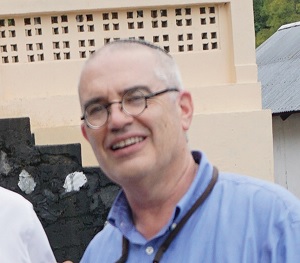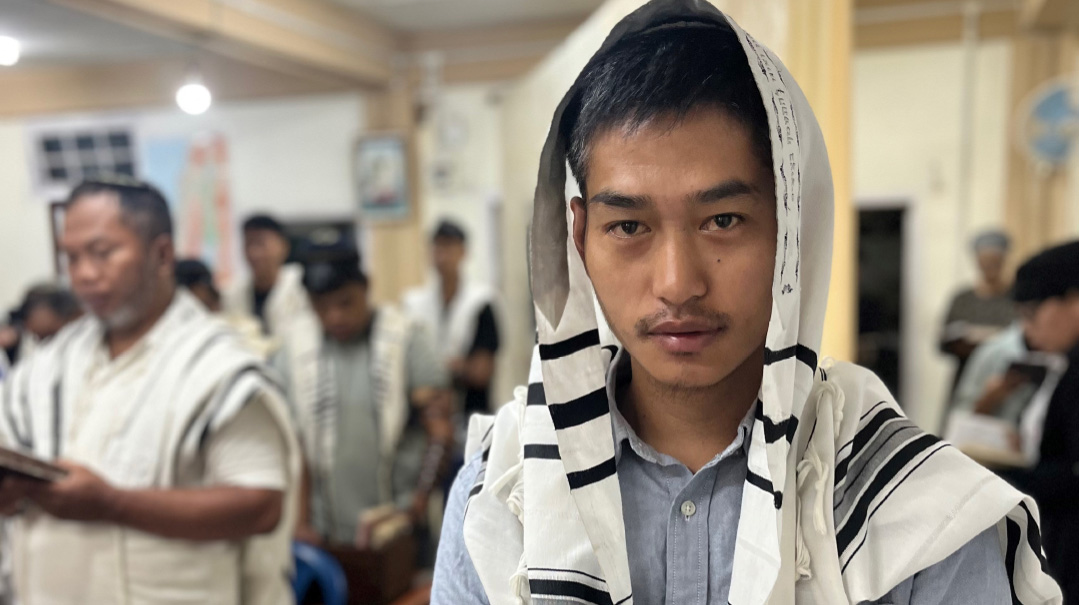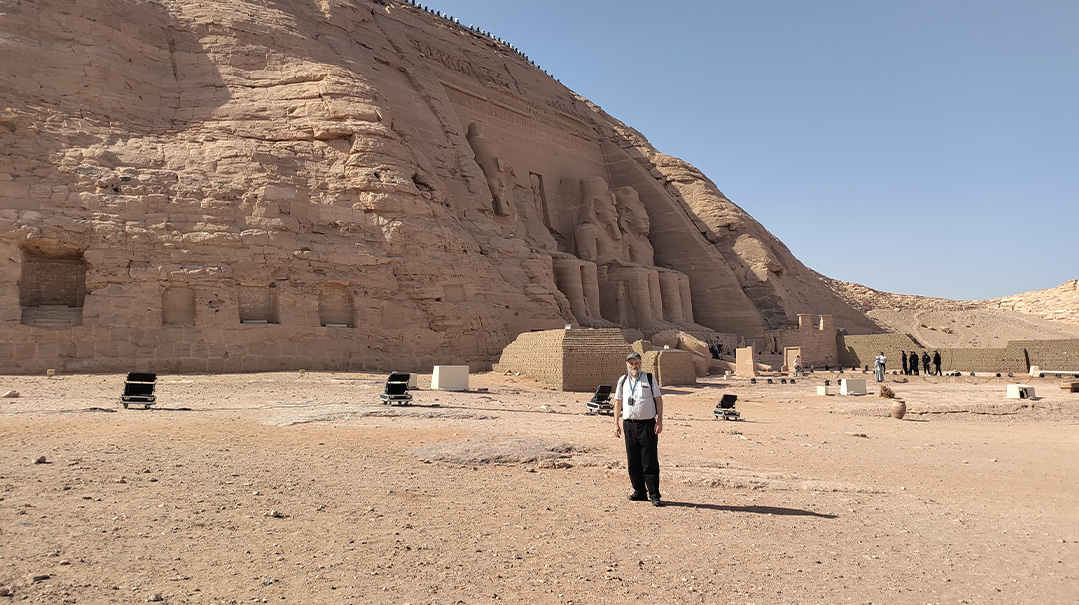Don’t We All Want Geulah?



(Photos by Ari Z. Zivotofsky and Ari Greenspan)
As we made our way to the Jerusalem Tayelet, the promenade skirting the Armon Hanetziv neighborhood with its breathtaking view of the Temple Mount, we met up with dozens of buses and a colorful mass of people. The air was festive, almost electric, full of holiday spirit — after all, it was Erev Rosh Chodesh Kislev, the 29th of Marcheshvan — the annual Sigd festival.
For the tens of thousands of Ethiopian Jews who had gathered (today there are over 100,000 Jews of Ethiopian descent in Eretz Yisrael), as well as the thousands of non-Ethiopians who had come to learn and observe, this was a day that the Ethiopian Jews have been observing for centuries, a festival expressing their longing to return to Jerusalem. As we were making our way toward the main area of the celebration, we overheard a young Ethiopian woman explaining to a group of tourists that as far as she and her friends were concerned, this was not just a holiday for Jews of Ethiopian origin, but one that all Jews could share in, for, as she explained, “Who doesn’t want the Geulah?”
Holiday Spirit
The month after Tishrei is typically viewed as bereft of Jewish festivals, and some people even homiletically interpret the name Macheshvan as “bitter Cheshvan” to indicate this lack. Yet for Jews of Ethiopian origin it actually contains a significant holiday. The Torah commands us to observe the holiday of Shavuos 50 days after Pesach. The Midrash (Shir Hashirim Rabbah) suggests that similarly, but for the impending winter weather, it would have been fitting for Shemini Atzeres to have been 50 days after Succos. The Jews of Ethiopia start the count five days earlier and observe the holiday of Sigd 50 days after Yom Kippur, on the 29th of Marcheshvan.
The name of the holiday, Sigd, is a Ge’ez (an ancient Ethiopian Semitic language used today mostly for ritual purposes) word. The root of the word means “to bow,” and is probably a cognate of the familiar word in Aramaic, “lisgod — to genuflect,” which is the source of the Hebrew/Arabic “misgad/masjid (mosque).”
There are other Hebrew/Aramaic words that the Ethiopian Jews have preserved from their distant past without understanding the Hebrew origins. For example, they’ve always referred to themselves as “Beta Israel (the House of Israel).” While they lost the Hebrew language during their separation from the rest of the Jewish nation, they started out with the same Torah. However, it was written in Ge’ez and not the vernacular Amharic, and is called the “Orit,” which is similar to “Oraisa” — the Aramaic word for Torah.
In Ethiopia, Sigd was a major festival for the Beta Israel, themed on renewal of the covenant between the Jewish people, G-d, and the Torah (similar to what Ezra and Nechemiah did when the Jews returned from Bavel to Israel), as well as an entreaty to G-d to return them to the Land of Israel. This aspect included a communal introspection, following 50 days after the individual self-examination on Yom Kippur. They believed that in order for the exile to end and for them to return to Jerusalem they must be worthy. And while sins of individuals are forgiven on Yom Kippur, communal errors are atoned for on Sigd. While Sigd today in Israel retains the tefillos of the Sigd in Ethiopia, some of the messages and rituals have been adapted to the new circumstances.
Oops! We could not locate your form.













